Best Xinjiang Food in Shanghai – Top Five Xinjiang Restaurants
Looking for the best Xinjiang food in Shanghai? We’ve got you covered. The food from China’s far northwestern province of...
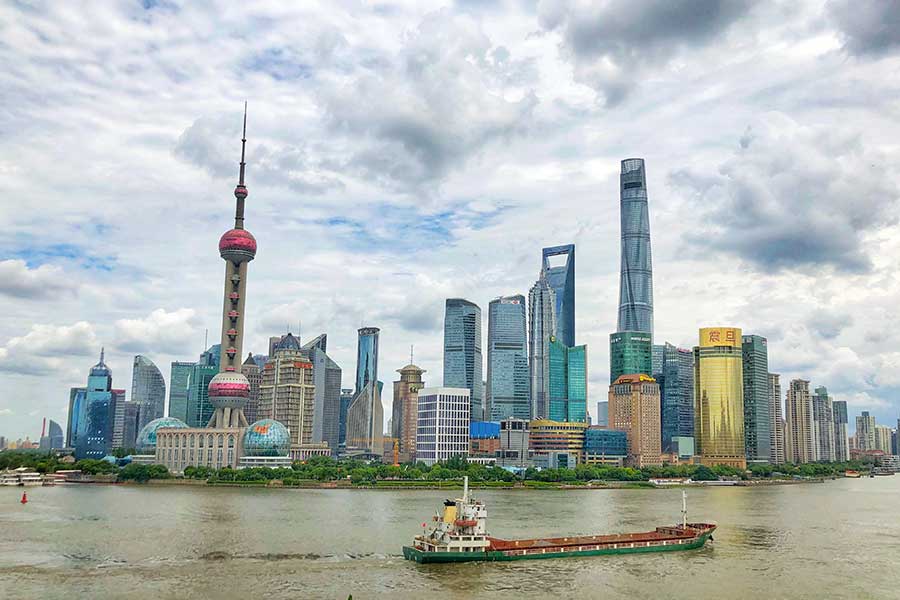
[ad_1]
A local’s rough guide on where to stay in Shanghai and which are considered the best districts for you. Featuring a brief introduction of popular areas for tourists and prospective new expats.
Shanghai has 16 districts, mostly located in Puxi. Pudong New Area is the newest district, east of the Huangpu River. Districts are Huangpu, Xuhui, Changning, Jing’an, Putuo, Hongkou, Pudong New Area, Yangpu, Baoshan, Fengxian, Jiading, Jinshan, Minhang, Qingpu, and Songjiang.
These districts are considered downtown Shanghai, the heart and happening center of the city, and in short, the best districts to stay in Shanghai are Jing’an, Huangpu, Xuhui, Changning.
These districts are considered close enough to downtown but not exactly downtown: Pudong New Area, Minhang, Hongkou, Putuo. The area stretches outward from the downtown districts, so the closer you are to that inner circle, the “better”.
These districts are considered suburbs: Fengxian, Jinshan, Songjiang, Qingpu, Jiading, Baoshan, Yangpu.

Shanghai’s main CBD is Lujiazui in Pudong, the financial district and “Wall Street of Shanghai,” an area surrounding the Huangpu River embankment. This is where you will find Shanghai’s Four Towers and a density of international banking institutions and Fortune 500 companies. The routine here is “work, home, work, home” with a little bit of shopping at the cluster of malls.
Then, there is the Hongqiao CBD, located between Changning and Minhang districts, and is convenient for business related with import export, and proximity to factories and showrooms.

Pudong district extends east of the Huangpu River, all the way past Shanghai Disney Resort (home to Zootopia), past the Pudong International Airport, until you’ve hit the ocean. For residents in Puxi, Pudong is considered a trek, despite it only being a 15-minute drive from Huangpu and maybe a 30-minute drive from Changning. If anything, all the happenings are in Lujiazui, with the exception of a few malls like the new Taikoo Li, expat hubs like Jinqiao, and Pudong Kerry Mall.

Attractions here include the Four Towers, all of which have observation decks: Shanghai Tower (the tallest), Jin Mao Tower (skywalk here), Shanghai World Financial Center, Oriental Pearl Tower. Things to do in Lujiazuii also include Shanghai Aquarium, grabbing a drink at Shanghai’s highest rooftop bar Flair, dining at Michelin one-star Maison Lameloise, and shopping at IFC mall.
Residents opt to live in Pudong when it is necessary for work or school proximity, otherwise there really is no need to stay here. There’s a reason people have been calling it Pu-Jersey for over a decade. Jokes aside, it’s not that bad. I lived in Lujiazui for a year. It’s completely doable if you don’t mind commuting to the Puxi side, because that’s where most of the fun is.

If you’re looking for the “real heart of Shanghai” it’s Jing’an, the thriving center of the city. It’s also yuppie central, but that brings with it a whole lot of perks. You’ll find streets with wide sidewalks in an almost grid-like plan, which makes most of the district very walkable. If you’re traveling or moving to Shanghai, the best place to stay is in Jing’an!
Jing’an district is densely populated with food and drink, restaurants and cafes, entertainment, and shopping destinations, usually all walking distance from each other. Nightlife, be it clubs or bars, is also thriving. The latest fad of drinking convenient store beer or from to-go cups on the street is a regular occurence at popular intersections in Jing’an on the weekend. It also tends to attract a higher population of expatriates due to its convenience, and communities are quick to form.
As for attractions, there’s Jing’an Temple, Shanghai Natural History Museum, Jing’an Sculpture Park, and historical sites like Moller Residence. The Shanghai Exhibition Center is also located in Jing’an, for those traveling for exhibitions and fairs.
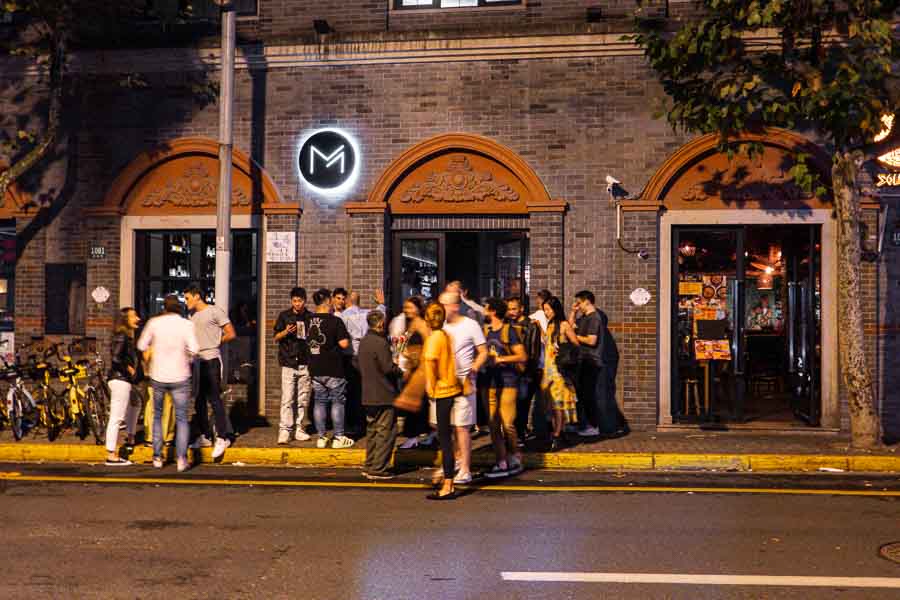
I’d argue that the popular food and drink nexus of Yanping Road and Wuding Road is a considerable attraction itself. This is where restaurants, bars, and nightlife converge. For nightlife, there’s Revolucion Cocktail, La Barra, and La Suite. For restaurants, there’s RAW, Terrakota, Bonica, Bastard, and Toasty by O’Mills.
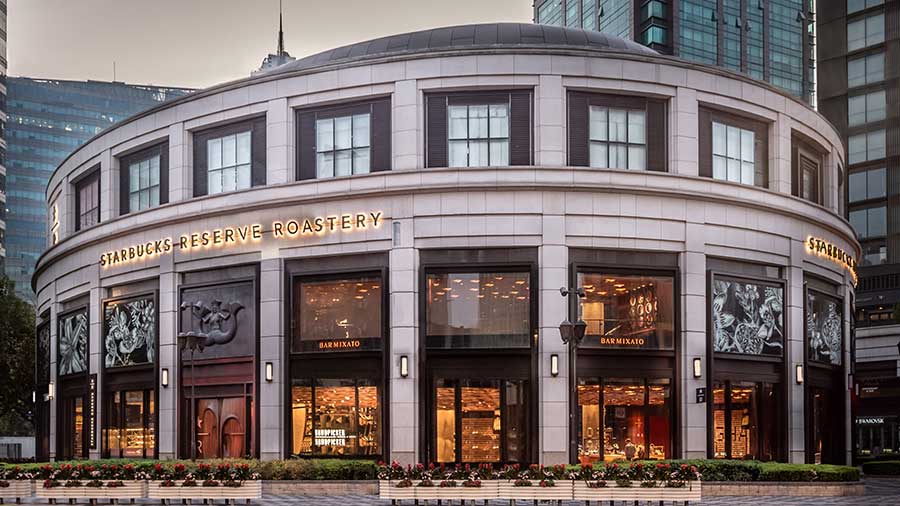
Another food attraction worth checking out is the Shanghai Starbucks Reserve Roastery at Taikoo Hui mall. This is where the world’s largest coffee company roasts beans for their China Reserve stores in addition to coffee. The Roastery also has a bar on the second floor—yes, Starbucks does cocktails!—called Bar Mixato, of which there are more than 20 locations in China. The Roastery opened in December 2017.
Shanghai’s Xuhui district encompasses a large area south of the Yan’an Road and Yan’an Highway, a wide confluence that cuts through Puxi. The area extends into Hongqiao (part of Minhang district) and southward to West Bund. This is where a large part of the former French concession (FFC) used to be; the FFC extends into Huangpu district, too.

The tree-lined streets of Xuhui zigzag through lane house compounds and historical villas, passing by restaurants, cafes, and bars with terraced outdoor seating, antique shops and boutiques. If you like walking the city to people watch or admire historical architecture like the famous Wukang Mansions (The Normandie Apartments), this is the place to be.

Cool streets to see in Xuhui include Yongkang Lu, a short strip that’s littered with more than a dozen coffee shops and cafes, Wukang Lu, which branches off into really quaint areas of the former French concession, and Wulumuqi Zhong Lu x Anfu Lu, where there is an oversupply of restaurants, bars, and cafes, and where you’ll see plenty of street fashion.

Those looking for the quaint lane house apartment would likely find them in Xuhui. Lane houses, also called stone-gate houses or shikumen, are a traditional Shanghainese architectural style that combines Chinese and Western elements, built around the city from 1870 to 1920. Compounds are densely packed, and neighbors tend to share public spaces like kitchens and courtyards. Lane houses have a unique “split level” design, and ceilings tend to be lower, with pockets of living spaces notched into half-floors.
I do recommend walking through a few compounds to get a glimpse of daily life. Try lane house compounds Huayuan 花园坊 (129 Ruijin Er Lu), Jing’an Villa 静安别墅 (1025 Nanjing Xi Lu), and Cité Bourgogne 步⾼⾥ (287 Shaanxi Nan Lu).
The most popular district in Shanghai for tourists is Huangpu, where the old and new worlds meet. It is home to The Bund, Old Town (Laoximen), and some of Shanghai’s top attractions.

Tourists should spend at least a day exploring Huangpu. Worthwhile attractions include Yu Gardens (Yuyuan), strolling old town itself, parts of the former French concession, Shanghai Fabric Market, Shanghai Museum, People’s Square (marriage market on Sunday mornings), Xintiandi, Chenghuang Temple, Fuxing Park, Xintiandi, Garden Bridge (at the Bund).
You can skip Nanjing East Road and Sinan Mansions. If you value your sanity, do not stay on Nanjing East Road. It’s really hectic, and not as convenient as you’d think. Sure, you’re near the Bund, but traffic, both motor and human, is terrible. Taxis and Didi are your friends.
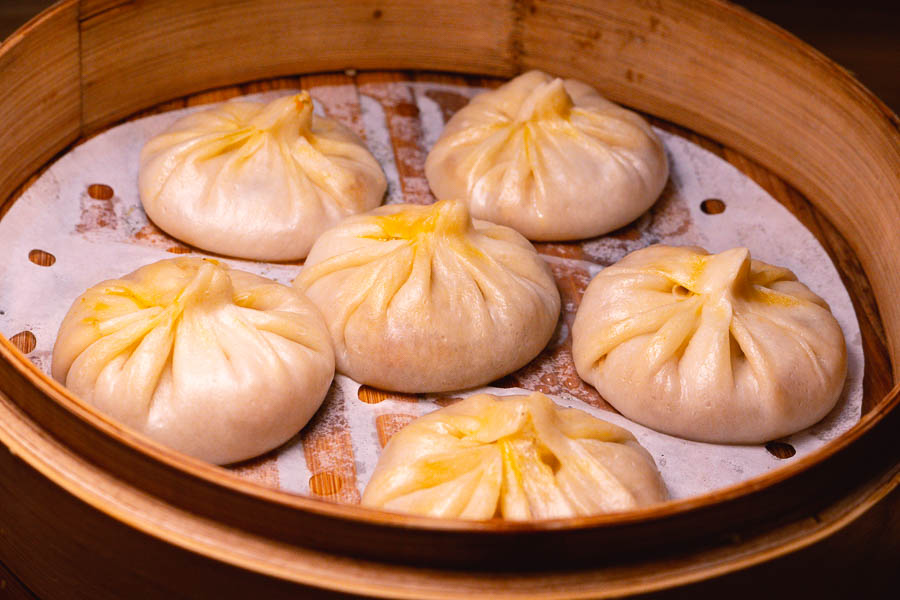
That said, there are plenty of famous local restaurants near The Bund, including crab meat xiaolongbao at Lai Lai and fried dumplings of shengjianbao and potstickers, and street-side noodle shops that have been operating for more than 40 years.
For a list of restaurants on the Bund, click here.

I highly recommend walking around Old Town (Laoximen). It’s an area that is slowly being gentrified, but still has that old world charm. “Getting lost” somewhere southeast of Xintiandi will put you in that vicinity. It’s also where you’ll find some of the best Xiaolongbao in Shanghai, at Jia Jia’s less crowded location on Liyuan Lu.

Xintiandi, a popular listed destination, is mostly for dining. There are plenty of restaurants within the main Xintiandi shikumen block that residents also enjoy frequenting like Polux. Most venues have outdoor seating for people watching. Nearby Xintiandi is the famed red building, popular for its design aesthetic, but not a whole lot else, except for some restaurants like Moofin and Caminetto.

Tianzifang has lost its shine over the years, mostly due to the beating it received during Covid. There are still some knick-knack and art shops there, but it’s way less compared to its glory days. Sinan Mansions is only good for a five-minute walk through to see the buildings and to say “I went there,” but otherwise you can skip it. Across from Sinan Mansions is Fuxing Park, which is actually cool. This is where you can observe park life and residents doing their thing, and to stop in at the INS building for a bite or drink at award-winning 50 Best Bar Sober Company, brunch at FuXing Bakery, or sample Shanghainese food at trendy restaurant Song Song. Also nearby is Speak Low, another 50 Best Bar.

For apartments in this area, you get both: new high rise and lane house. As for living, it’s still considerably convenient, depending on your proximity to Jing’an. Bougie apartments tend to cluster near Xintiandi, while others in the periphery tend to be more affordable.

Changning is a western district of Shanghai, largely residential with also a high density of food, drink, entertainment, and shopping. It’s also a popular choice for new expats, perhaps due to its proximity to Jing’an, and could be generalized as a combination of Xuhui and Jing’an. The district is large, and things are more spread out; streets are long and highways wide.
Again, plenty of popular dining establishments like perrenial brunch spot The Cannery, Yunnan wine bar Pur’aisin, Michelin three-star Taian Table, Spanish tapas restaurant Pirata, and a branch of Lawry’s The Prime Rib.
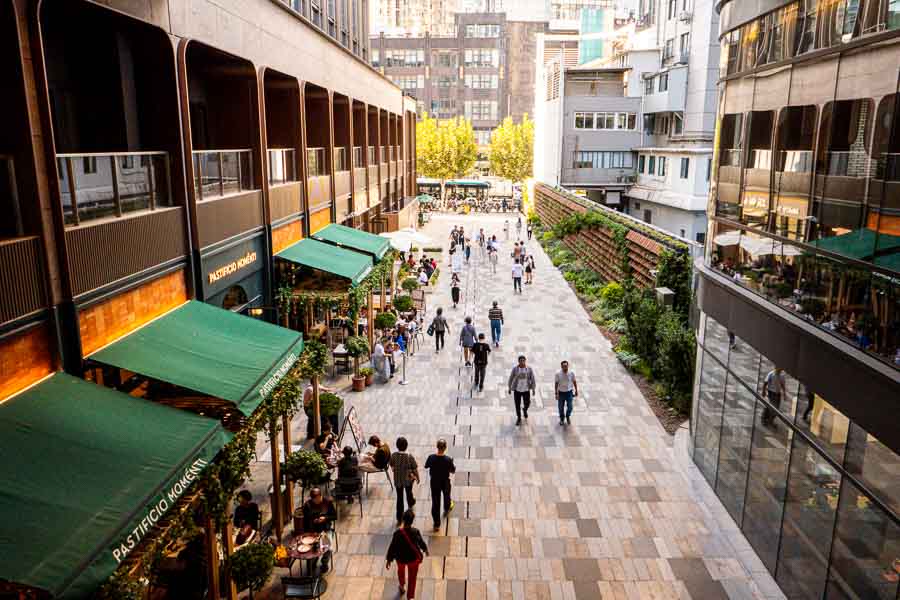
Putuo is north of Jing’an, and extends northward of the Suzhou Creek (a great path for jogging). Again, plenty of residential here, but less gentrified than Jing’an. This is where the M50 Creative Park is located, as well as dining hubs like Hong Shou Fang. Dining here mostly caters to the Chinese palate, few bars if any, and mall dining is to be expected. The Jade Buddha Temple is also located here.
Hongkou, northeast of Jing’an, is mostly local. If you’re looking to do some really cool photography, I suggest going to 1933 Old Millfun, an art deco complex that was originally one of the world’s three largest slaughterhouses built in 1933. It’s now a creative park and big draw for photographers.

Minhang district is to the west of Shanghai, home to popular neighborhoods Hongqiao and Gubei. Those two neighborhoods are also where you can find a plethora of excellent Japanese and Korean restaurants, as well as Shanghai’s own K-Town. The area is primarily residential — not many attractions here. If you do decide to reside in Minhang, fret not. You’ll find all the comforts of the city center districts, just a little further spread out.
International schools are generally located in the suburbs or outlying districts, mostly but not limited to Minhang, Qingpu, Pudong, Fengxian, Yangpu, and Baoshan. Expatriate families or teachers, etc. that live here opt to do so due to work placements or proximity to schools.
[ad_2]
Source link